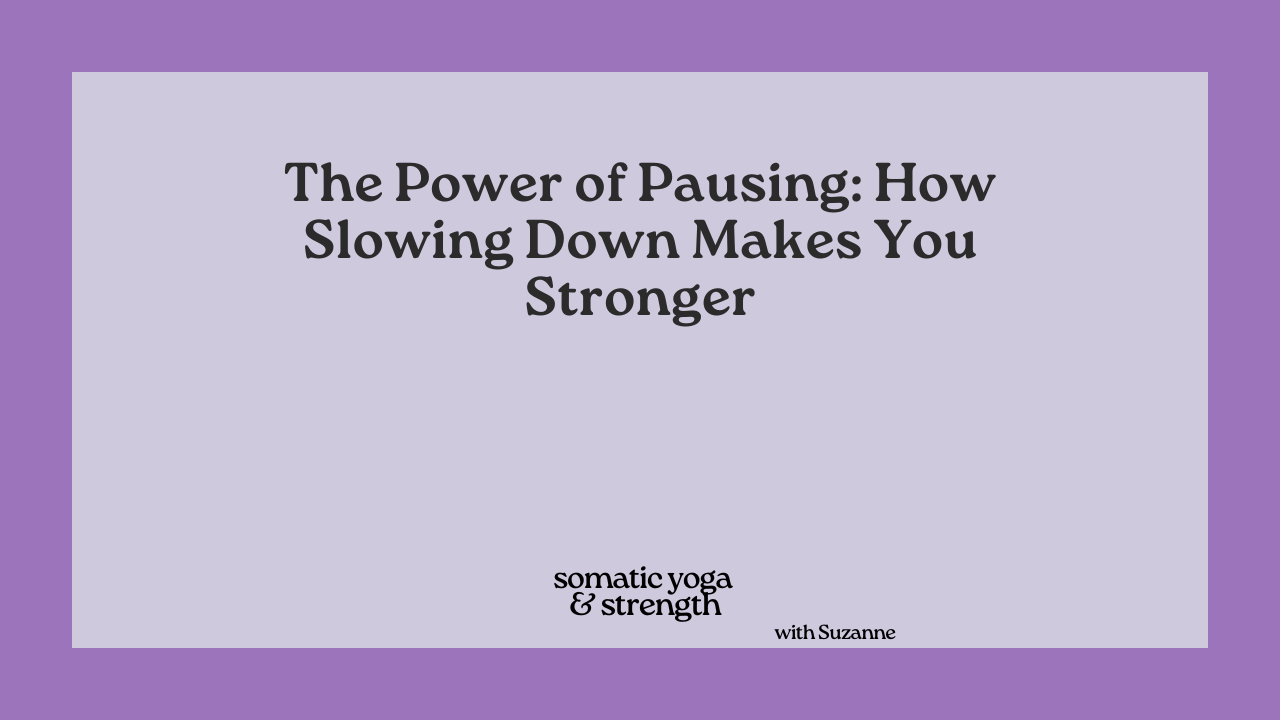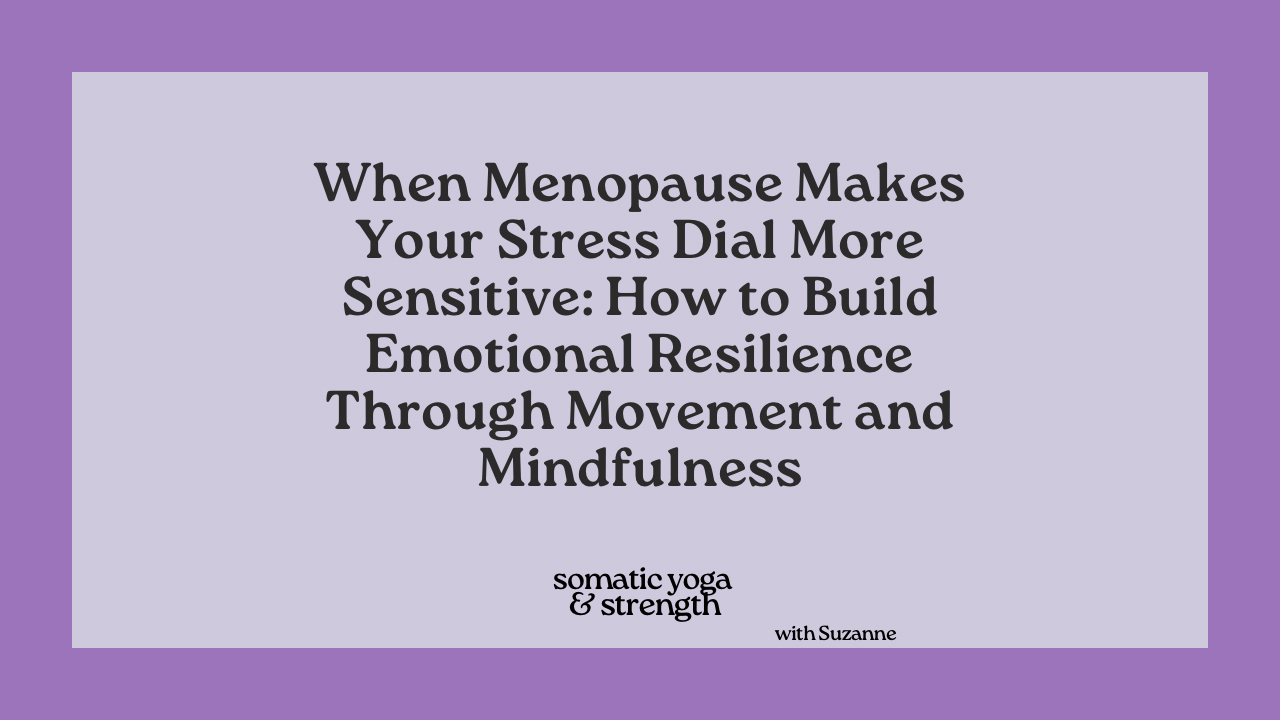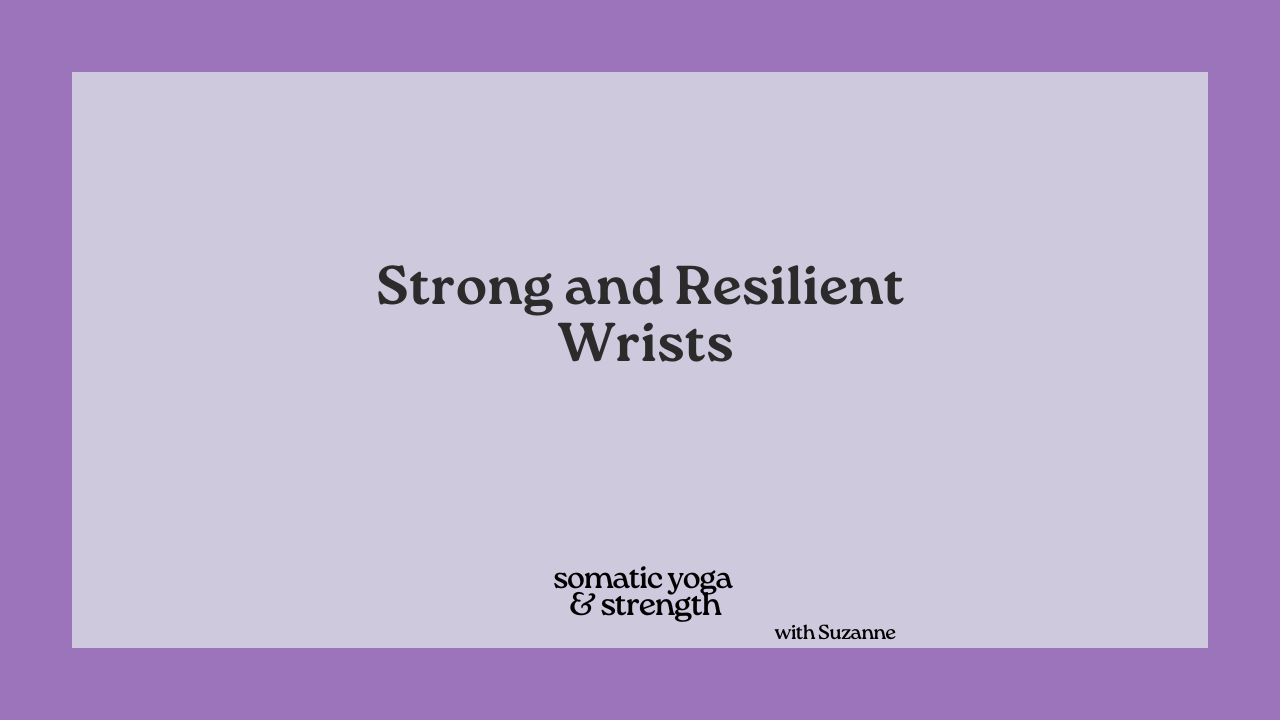The Blog
The Power of Pausing: How Slowing Down Makes You Stronger
You’ve probably heard the phrase “no pain, no gain.” But in bodies, especially after age 50, strength isn’t built by racing through reps or pushing past fatigue. Strength is built in the space where you allow yourself to notice what’s happening, to adjust, and to move with intention.
When Menopause Makes Your Stress Dial More Sensitive: How to Build Emotional Resilience Through Movement and Mindfulness.
Midlife can feel like living with a more sensitive stress dial. What once rolled off your back now lingers, and recovery—whether from a rough night’s sleep, a hard workout, or an emotional week—takes a little longer. This isn’t weakness; it’s biology meeting life experience. As hormones shift, your body and nervous system are asking for new ways to find balance. Somatic practices like yoga, mindful strength training, and breathwork can help recalibrate that system—building emotional resilience, steadier energy, and a calmer mind. Menopause isn’t just a hormonal change; it’s an invitation to move, feel, and live with deeper awareness.
No Right Way, Many Ways: Why Variety in Movement is Essential for Resilience.
So when I first heard those words—“there is no right way to move”—they cracked something wide open in me. They were at once liberating and unsettling. If there wasn’t a right way, then what was I supposed to aim for? How would I know if I was “doing it correctly”? And if all movement had value, where did that leave the years of rigidity, striving, and self-criticism I had internalized?










